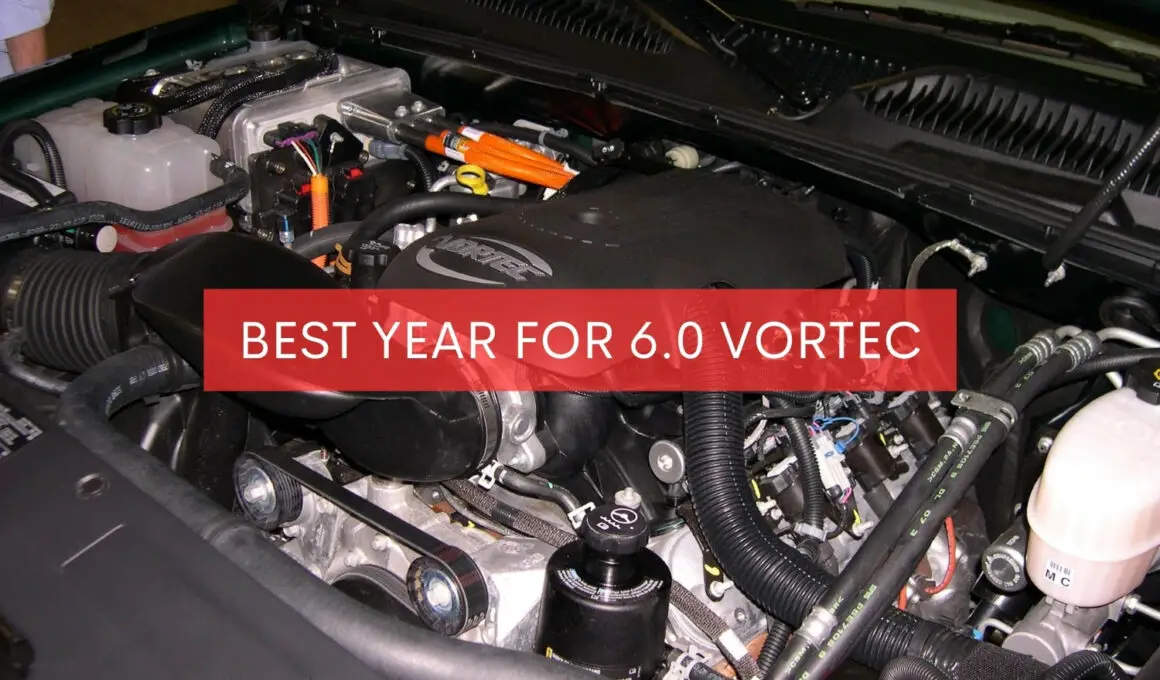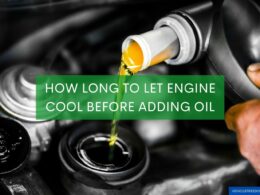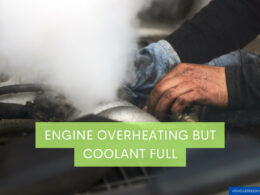In This Article Show
As an experienced mechanic and writer with over 15 years of hands-on experience with various automobile engines, my relationship with the 6.0 Vortec engine is not just professional – it’s personal. This iconic powertrain has been a key player in General Motors’ lineup, renowned for its dependability and power, but understanding its evolution is key to selecting the best model year.
The 6.0 Vortec engine debuted in the late 90s and has undergone various improvements. Each year, from changes in power output to improved fuel economy and emissions, has strengths and weaknesses.
So how does one sift through the information and pinpoint the best year for a 6.0 Vortec?
Like the engine itself, the answer is far from straightforward, and that’s where I come in. Drawing from my extensive experience, this blog post will dissect the history of the 6.0 Vortec, compare different model years, and offer expert insights to help you find the best year for the 6.0 Vortec.
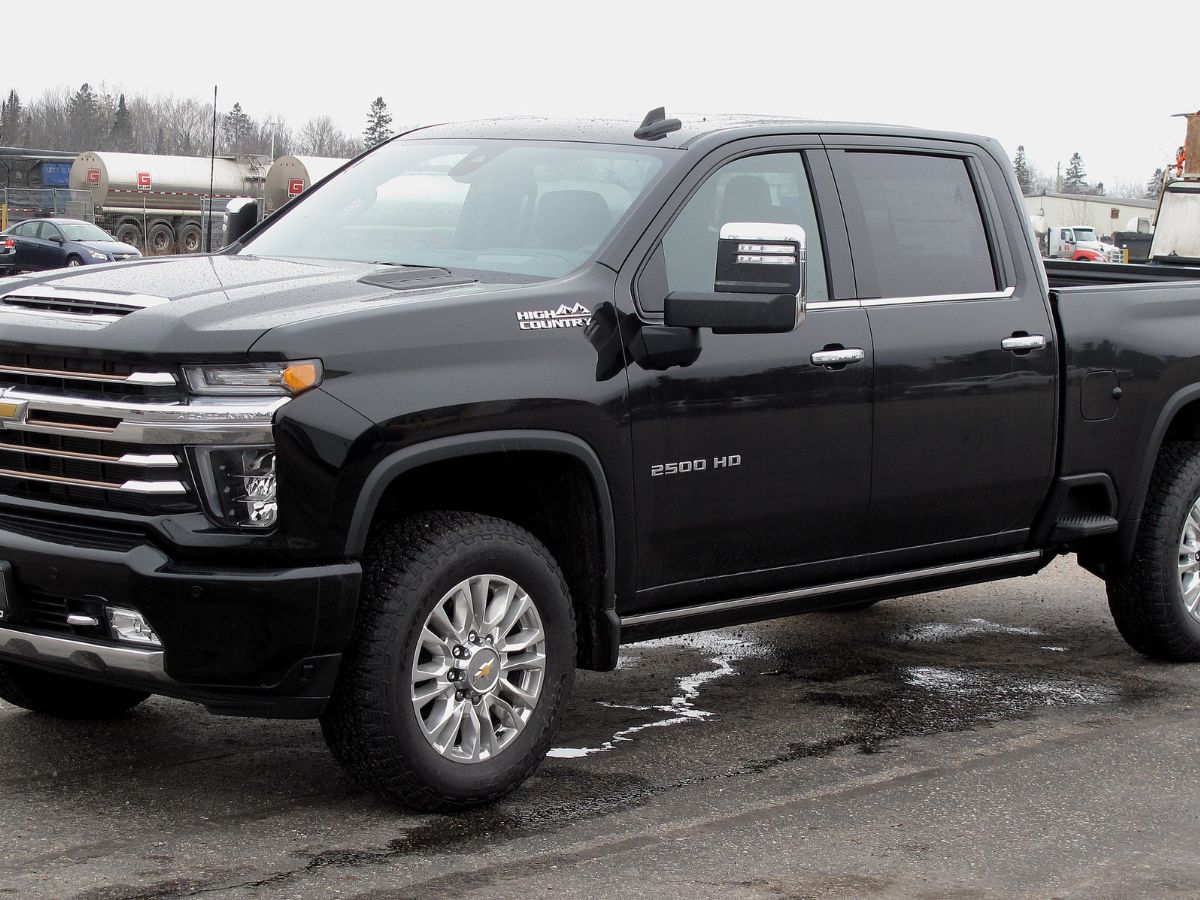
History of the 6.0 Vortec
Diving into the history of the 6.0 Vortec engine starts with understanding the Vortec family itself. The term ‘Vortec’ was derived from ‘Vortex’ and ‘Technology’, indicative of General Motors’ innovative approach to creating a vortex within the combustion chamber for better air/fuel mixing, thereby improving engine efficiency.
The 6.0 Vortec debuted as part of the Vortec family in the late ’90s, initially finding its home in several heavy-duty General Motors trucks, vans, and SUVs. Its hallmark attributes were durability and power, and its wide torque band made it a favorite for towing and hauling applications.
As someone who’s been in the mechanic industry for over 15 years, I have seen the 6.0 Vortec evolve considerably over time. Various modifications have been implemented across different model years to improve aspects like fuel economy, power output, emissions, and overall reliability.
For instance, over the years, General Motors introduced Active Fuel Management (AFM) and Variable Valve Timing (VVT) technologies to the 6.0 Vortec, enhancing its efficiency and performance. These changes reflected the auto industry’s shifting landscape and GM’s drive to meet the ever-stringent emission standards.
However, these advancements weren’t just technical upgrades on paper. Each year’s unique set of changes brought along its share of strengths and challenges, leading to the question: which model year of the 6.0 Vortec is the best?
Analyzing Different Years of the 6.0 Vortec
The beauty of the 6.0 Vortec lies in its continuous evolution. To help you make an informed decision about the best year for this engine, let’s dissect a few notable model years in detail.
Early 2000s: The Formative Years
The 6.0 Vortec of the early 2000s, specifically between 2001 and 2003, was a robust workhorse. This period saw the engine primarily being used in heavy-duty trucks, offering impressive torque for towing and hauling. However, these early models lacked some of the more refined features introduced in later years, such as Active Fuel Management (AFM) and Variable Valve Timing (VVT).
Mid 2000s: Technological Advancements
As we move to the mid-2000s, the 6.0 Vortec began integrating more advanced technologies. By 2005, the engine adopted a drive-by-wire throttle for improved responsiveness. Furthermore, this period saw the introduction of electronic throttle control and a new ECU software for better drivability and control.
Late 2000s: Efficiency Improvements
Come the late 2000s, specifically around 2007-2009, GM made efforts to improve the 6.0 Vortec’s fuel efficiency in response to the global emphasis on energy conservation. This era introduced features such as AFM, enabling the engine to operate on fewer cylinders when full power wasn’t required, thus saving fuel.
2010s: Balancing Power and Efficiency
The 2010s brought further refinements to the 6.0 Vortec engine, with GM striking a balance between power and fuel efficiency. Notable features included the integration of VVT, which improved both power output and fuel economy by optimizing the timing of the intake and exhaust valves.
Throughout these years, however, it’s crucial to note that there were some recalls and known issues associated with certain model years. For instance, some owners of the early 2000s models reported excessive oil consumption, while certain years in the late 2000s had instances of AFM system failures.
Each year had its unique pros and cons, requiring careful consideration when choosing the best year.
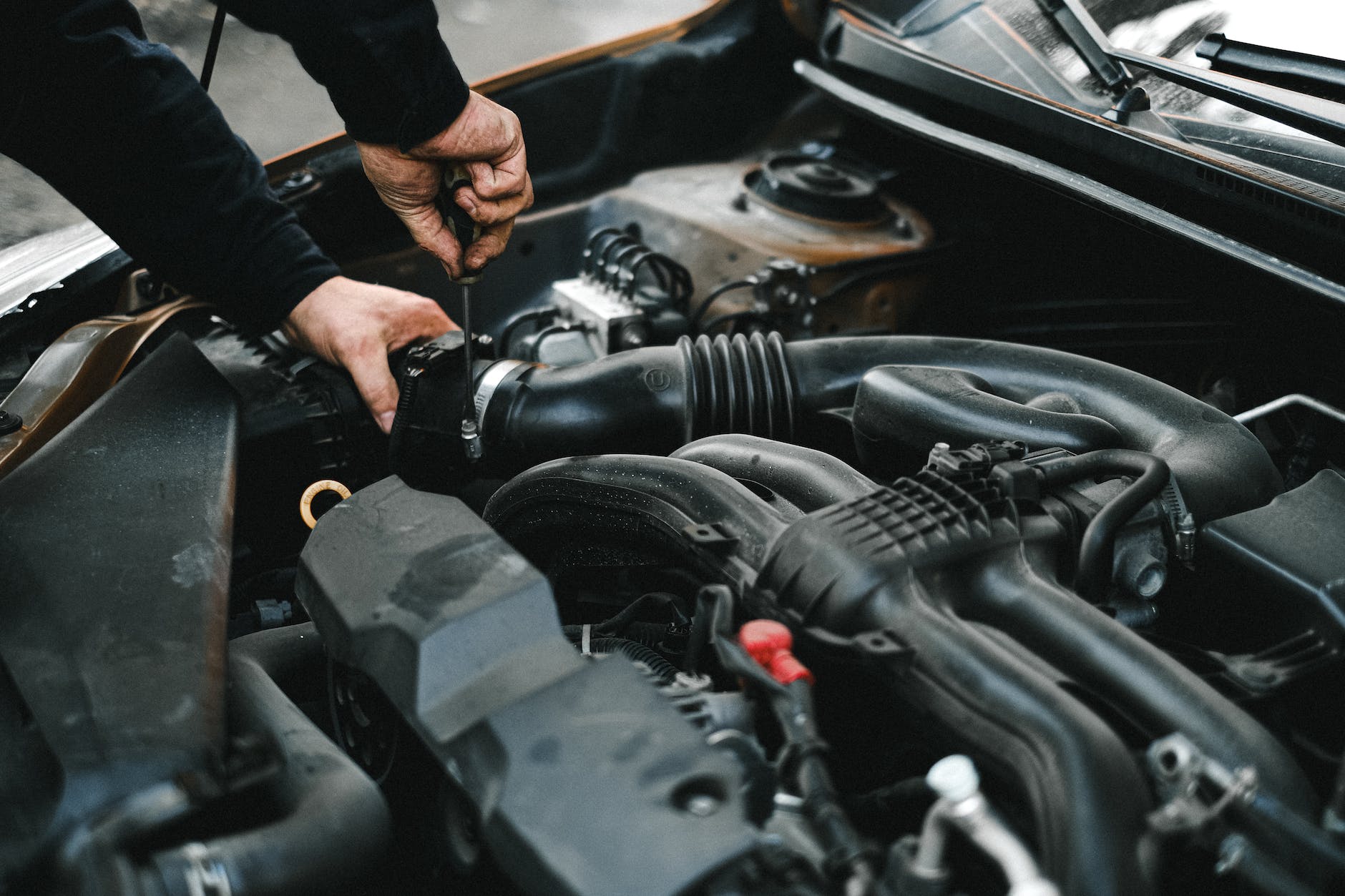
Factors to Consider When Choosing the Best Year
Choosing the best year for the 6.0 Vortec is not a one-size-fits-all decision. It depends on several factors, all of which should be considered carefully to match your specific needs. As a seasoned mechanic and writer with extensive knowledge of the 6.0 Vortec, here are a few key factors that I believe should influence your decision:
1. Usage
How you intend to use the vehicle with the 6.0 Vortec engine plays a crucial role in your decision. For instance, if your primary need is towing or hauling heavy loads, the early 2000 models with their strong torque performance might be more suitable. However, if fuel efficiency and everyday drivability are your priorities, later models will serve you better.
2. Mileage and Fuel Efficiency
Generally, later models of the 6.0 Vortec tend to be more fuel-efficient, thanks to advancements in technology such as Active Fuel Management and Variable Valve Timing. If reducing your carbon footprint and fuel costs is a priority, the late 2000s and 2010s models would be a better fit.
3. Maintenance and Availability of Parts
The availability and cost of parts are important factors to consider. While earlier models might be less complex to work on, finding parts can be more challenging as these models age. On the other hand, while later models have more advanced technology that may be more complex to repair, their parts tend to be more readily available.
4. Known Issues and Recalls
It’s crucial to be aware of any reported issues or recalls associated with specific model years. As we’ve discussed, each year has its strengths and weaknesses, and certain years are associated with specific common issues or factory recalls.
The Best Year for the 6.0 Vortec – Deep Dive
Taking into consideration all the factors previously discussed, the crown for the best year for the 6.0 Vortec, in my opinion and professional experience of over 15 years, goes to the models produced between 2010 and 2013.
Here’s why:
The models from these years represent a high point in the 6.0 Vortec’s evolution, balancing power, efficiency, and reliability.
1. Power and Performance
In these years, GM perfected the Variable Valve Timing technology, optimizing power output across a wide RPM range. This resulted in a potent engine capable of handling heavy-duty tasks without breaking a sweat.
2. Fuel Efficiency
The Active Fuel Management system in these models was refined and became more reliable, enabling the engine to run on fewer cylinders during light load conditions, thus saving fuel.
3. Technological Advancements
By this period, the 6.0 Vortec had fully integrated advanced features such as drive-by-wire throttle, electronic throttle control, and advanced ECU software, making these engines more responsive and easier to control.
4. Availability of Parts and Maintenance
Given these models are relatively newer yet out of their infancy, parts are readily available, and many common issues associated with the earliest versions have been addressed and resolved.
5. Real-world Performance and User Feedback
Owner feedback and real-world performance reviews of the 6.0 Vortec engines from this period have been overwhelmingly positive. These models have been praised for their balance of power and fuel economy, as well as their overall durability and reliability.
Despite the numerous advantages, it’s important to note that no engine is without its flaws. Some owners have reported issues with the AFM system, requiring occasional maintenance.
However, compared to other model years, the 2010-2013 6.0 Vortec engines have fewer commonly reported issues, making them a worthy choice.
Wrapping it up
The journey of the 6.0 Vortec has been a testament to General Motors’ continuous drive for improvement and adaptation to changing market needs and technologies. Each model year has brought its unique strengths and challenges, and choosing the best year requires a thorough understanding of these variables.
In my 15 years as a mechanic, I’ve had the opportunity to work closely with the 6.0 Vortec, seeing firsthand how each year’s model performed under different conditions.
The models from 2010 to 2013 have consistently demonstrated a balanced blend of power, fuel efficiency, and reliability, making them the best in my professional opinion.
However, as with all decisions related to automobile engines, personal needs and preferences should be taken into account. Whether you need an engine for heavy-duty work, prioritize fuel efficiency, or have a specific budget for maintenance and repairs, these factors will significantly influence your decision.






